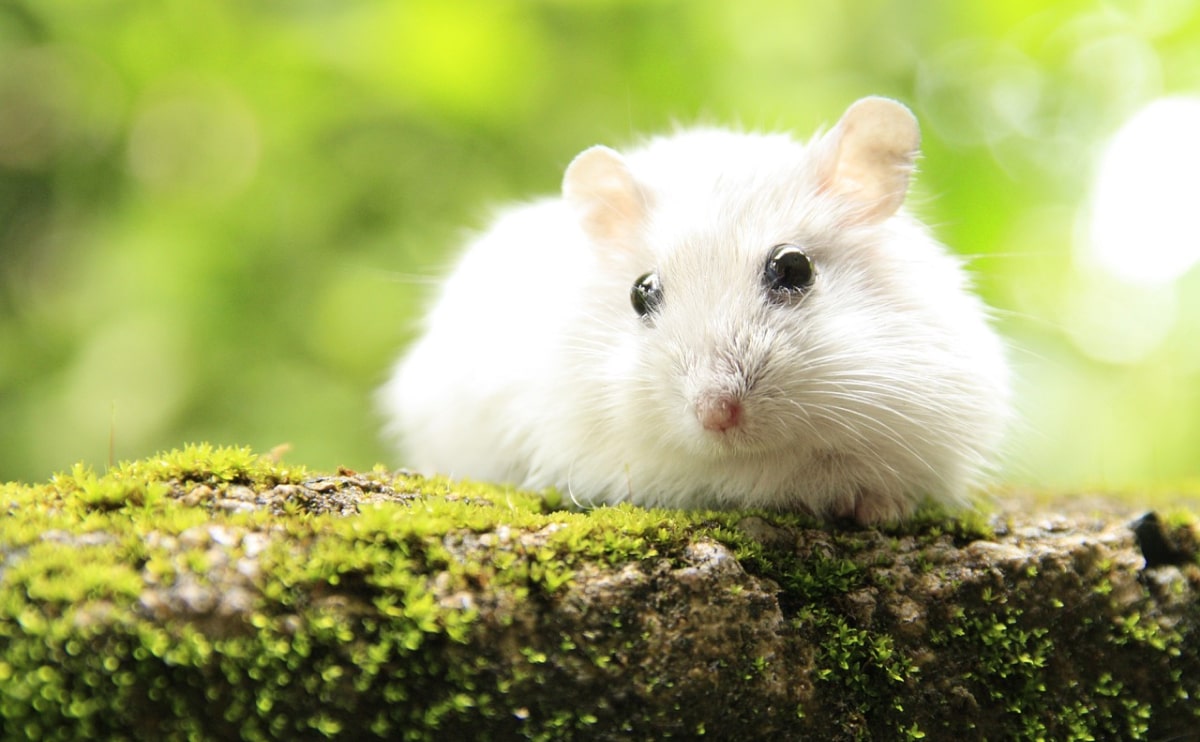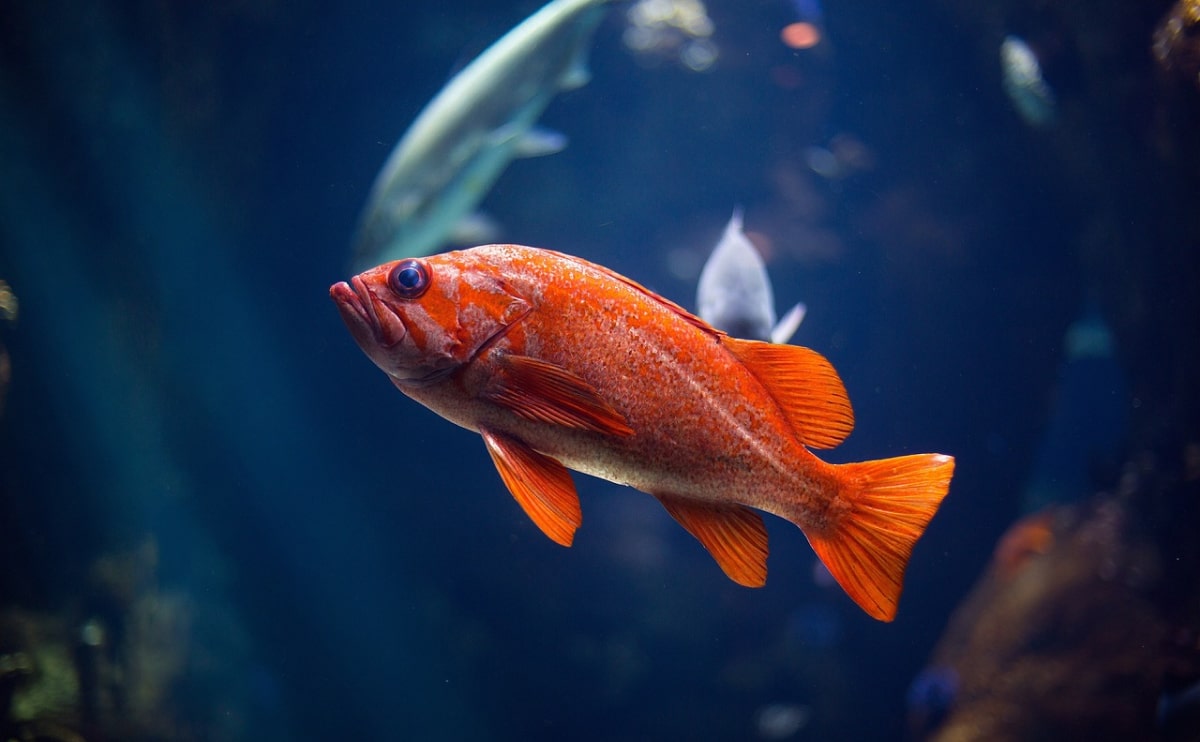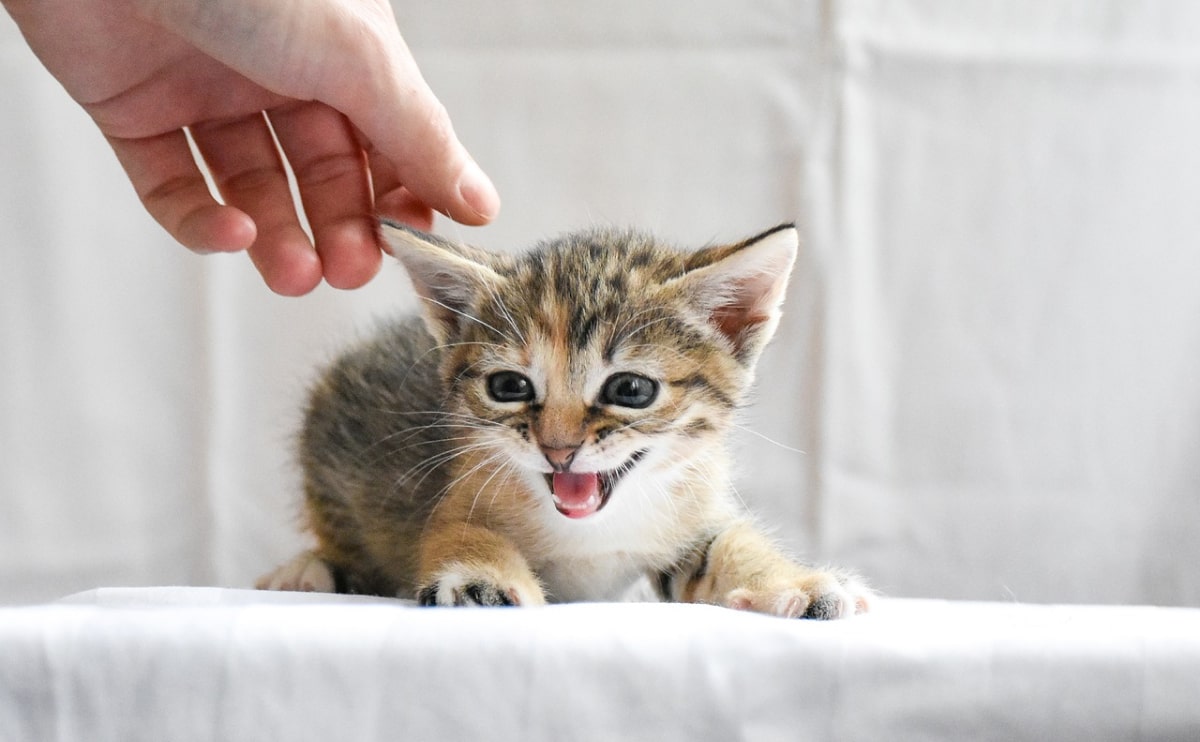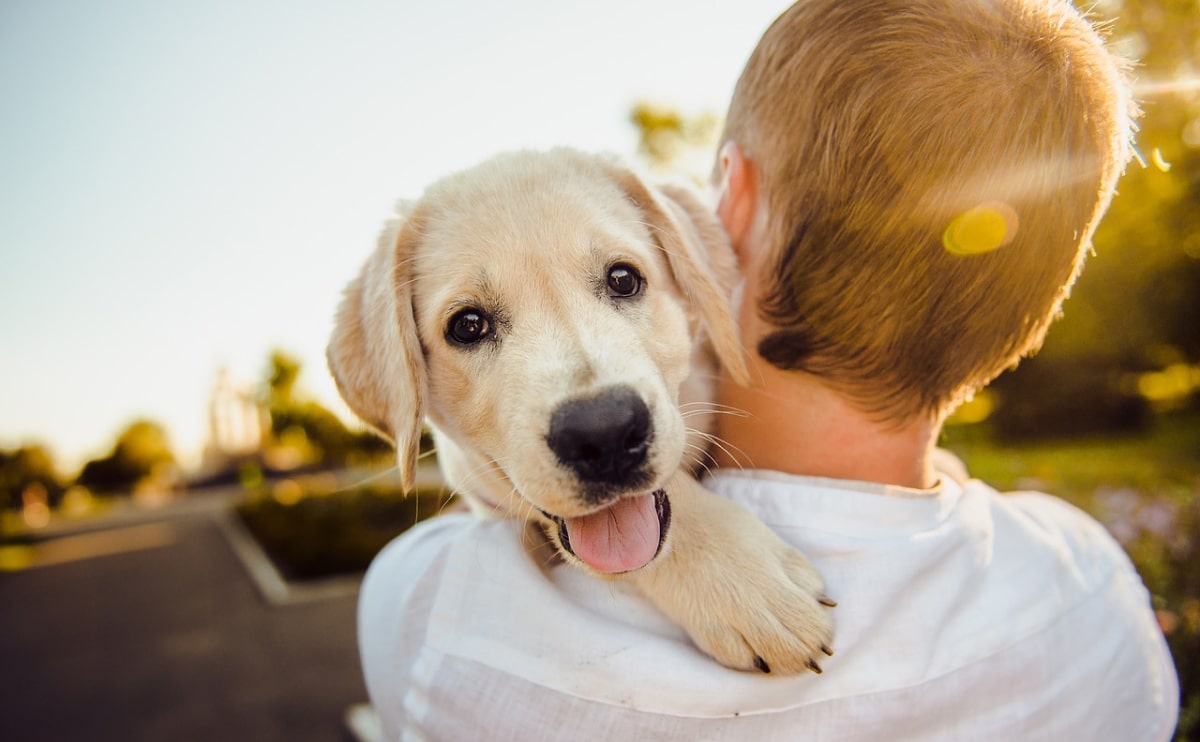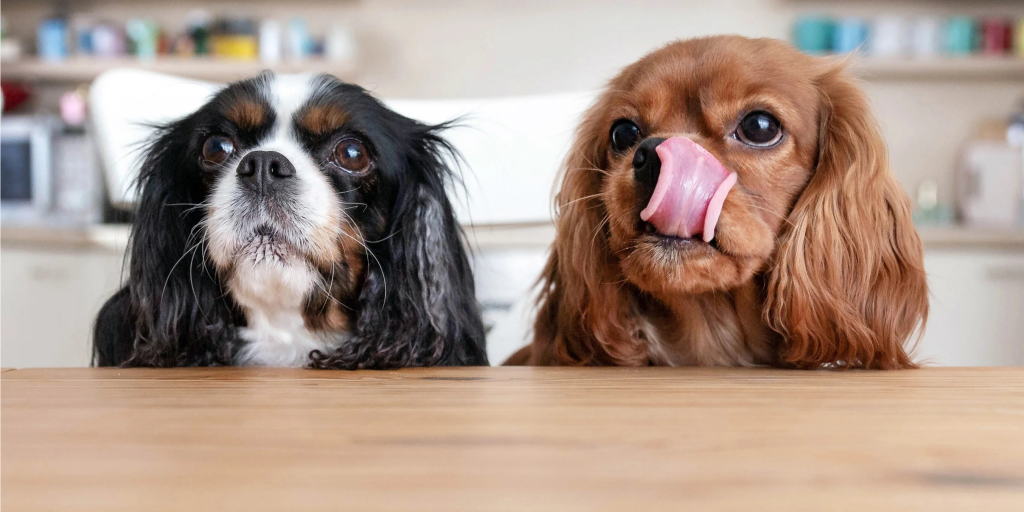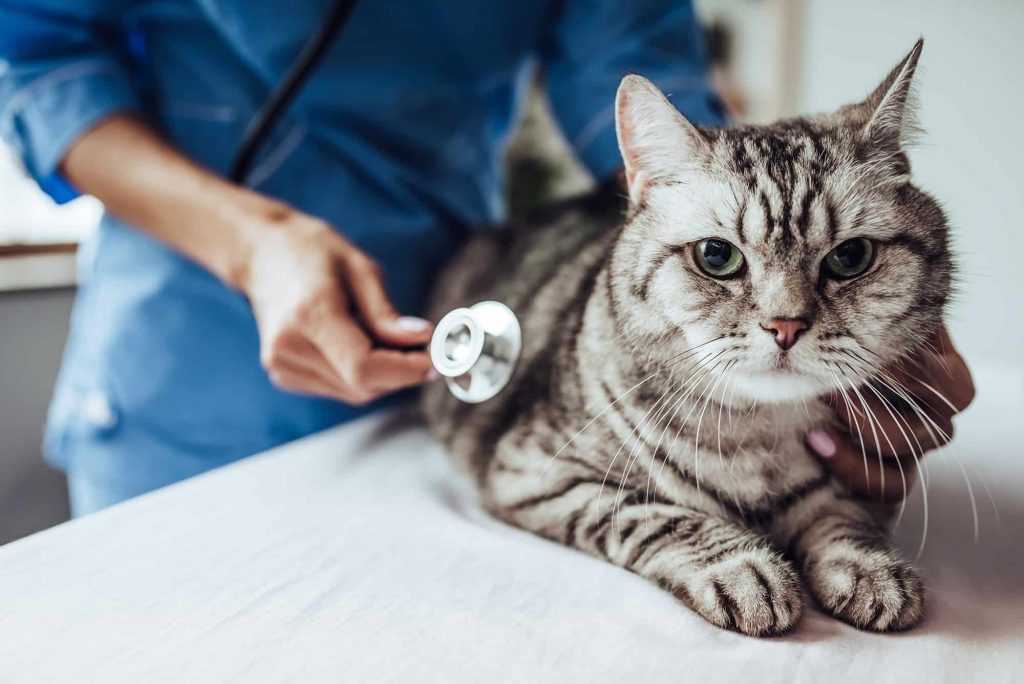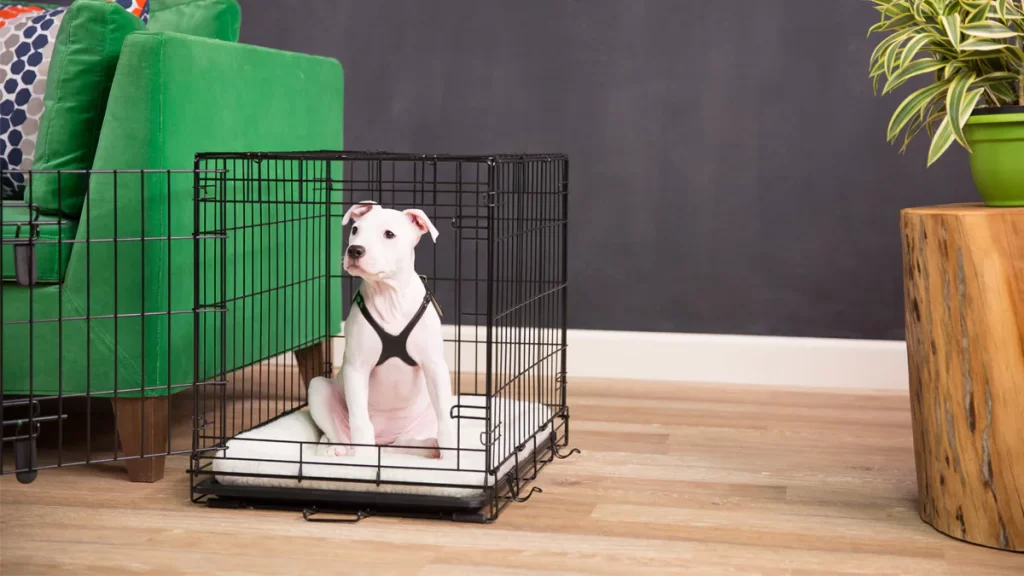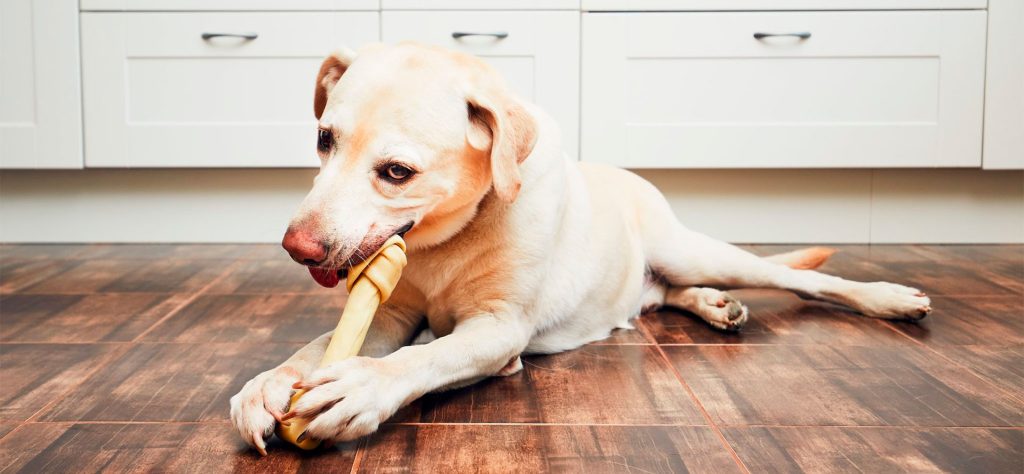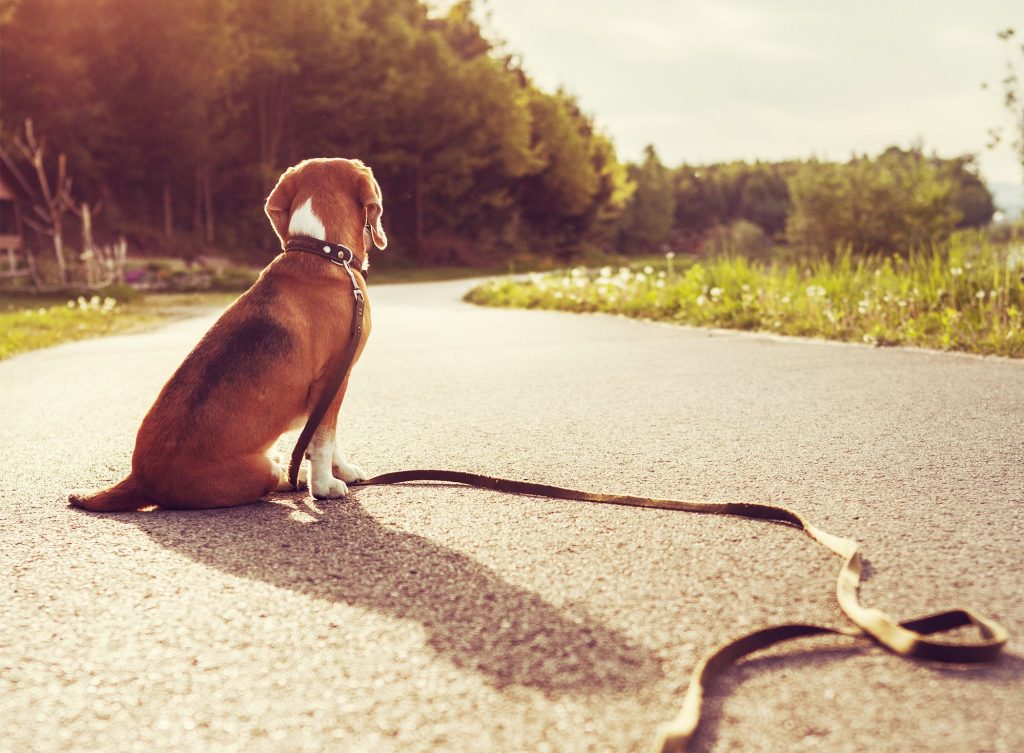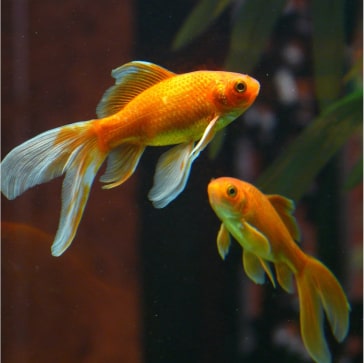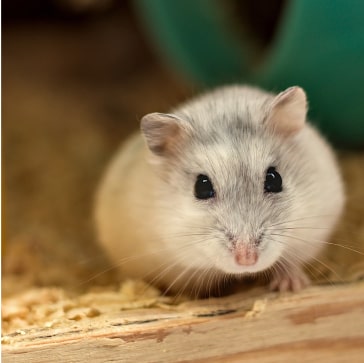Blog
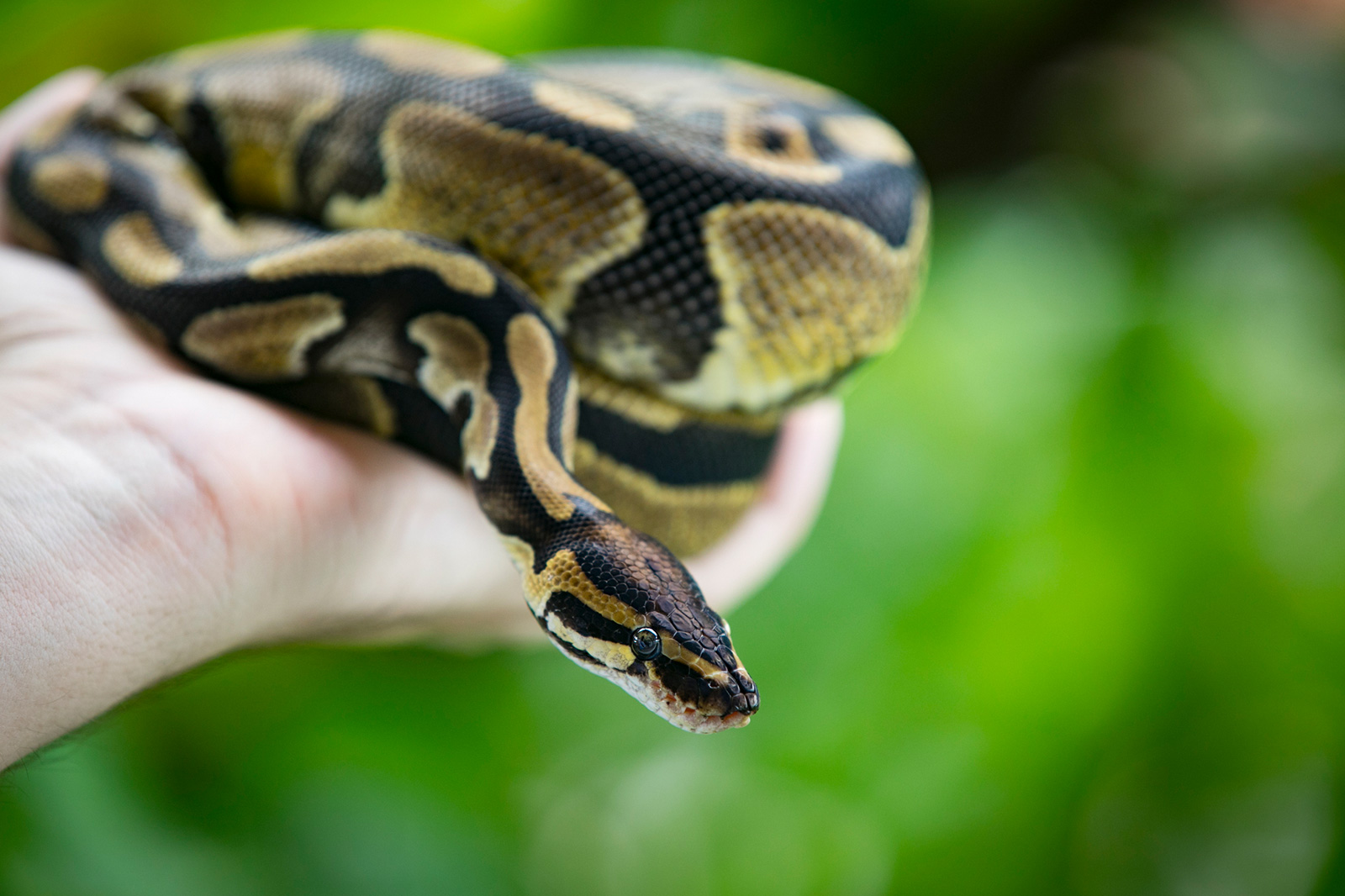
Tips and Advice for Handling a Ball Python
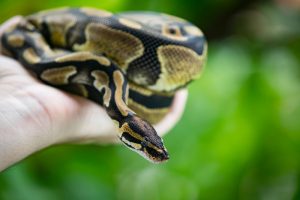
Ball pythons are well-known for their calm, placid demeanor. As a result, they are an excellent pet snake for anyone who wishes to be able to handle their pet.
When compared to quicker or more aggressive species, it may also make routine tank maintenance and health checks considerably easier.
However, before you go into the cage and begin picking up your ball python, there are a few key points to consider.
By following the advice in this article, you will not only help to protect your snake, but you will also reduce your chances of being bitten by a stressed or defensive python.
Before You Handle a Python Ball
While there are expert ball python owners who know their snakes well and can just reach into the cage to scoop up their pet, I’m assuming you’re a newbie ball python owner in this post.
As a consequence, I’m going to guide you through the entire process from start to finish, giving you items to think about at each stage.
Over time, you will grow acquainted with your snake, and they will become accustomed to being handled, making the entire procedure smoother and more natural for both of you.
Before you ever open the cage, successful ball python handling begins. Here are some things to consider before attempting to hold any snake…
Have You Recently Rehoused Your Ball Python?
Most snakes, including ball pythons, might take some time to acclimate to new environments.
If you’ve recently acquired your first ball python, or if you’ve cleaned out their cage and rearranged the tank decor, they may not be completely at ease.
Handling a frightened or agitated snake might be stressful for your ball python. It may also enhance your chances of being nipped by a protective creature.
In general, it is advisable to let your ball python become acquainted with its environment for a week or two before attempting to handle it.
Has Your Ball Python Recently Eaten?
When you open the cage, a hungry ball python is more likely to mistake you for food and lunge at you.
Furthermore, most experts recommend that snakes not be kept for 24 to 48 hours after eating to allow them to fully begin the digesting process.
In general, it is recommended to handle your ball python for the first time a few days after their previous meal, when their appetite should be low but the agony of swallowing a large rodent has faded.
Thoroughly Clean Your Hands
Reptiles are delicate animals, and many toxins found in our daily lives might harm them. Cleaning your hands completely before handling your snake reduces the possibility of accidentally introducing cosmetics, cleaning products, or other chemicals to your snake.
Another reason to carefully cleanse your hands before touching a ball python is that it eliminates any food odors from your person. Attempting to pick up a snake soon after eating fried chicken and that rich meaty odor may cause your snake to mistake your hands for meal.
There are two methods for thoroughly cleansing your hands. Washing them completely is effective. Investing in a reptile-safe hand sanitizer, on the other hand, is just as beneficial. Personally, I have a tub of this in my animal area at all times, ready for any handling activities.
Locate an Appropriate Location
Ball pythons are generally placid and sluggish moving snakes, which is one of the reasons they are so simple to handle. Nonetheless, it’s a good idea to think about what you’ll do if your handling session doesn’t go as planned. Your location is an important consideration here.
If you are a rookie snake owner, it is better to handle ball pythons indoors so they do not get away from you.
It’s also a good idea to handle your python on a low and/or soft surface, such a mattress or while sitting on the floor. This assures that if you drop your snake by mistake, it will survive the fall unharmed.
Reduce Noise and Other Disturbances
Because ball pythons are sensitive to disruptions, you should maintain the environment in which you handle your snake as peaceful and comfortable as possible.
Turn off any music and avoid making extraneous noises such as children shouting or dogs barking.
The calmer and more relaxed you can make the experience, the more at ease your ball python will be with the setting.
Feeding Responses Must Be Tested
Some pet snakes develop what is known as a “feeding response.” They become accustomed to being fed in their cage and begin to associate the opening of the cage door with being fed. You don’t want a ball python attacking your hand because it thinks you’re meal.
While this does not happen with all snakes, it is something to be aware of, especially if you have recently acquired a new pet snake.
When you open the cage, look for evident indicators of your snake coiling up and ready to strike. Also, when approaching the snake with your hand, avoid going directly for the head and instead concentrate your attention farther down the snake’s body.
While some experts will frown upon the concept, if you’re unsure about handling your ball python, there’s nothing wrong with donning thick gardening gloves when taking them out of the cage for extra safety.
Some snake owners use a snake hook to gently persuade snakes out of their cages, but with ball pythons, this is seldom necessary.
Taking Care of a Cozy Ball Python
Picking up a gentle ball python is a piece of cake. Because they are gentle and sluggish moving, they may be simply and quietly scooped up and removed from their cage.
Assuming you’ve done everything correctly and avoided going too close to the head end, most ball pythons can be gently picked up at the thickest portion of their body. Allow the snake to creep softly across your raised hands while holding the snake’s mass with both hands.
Fast, jerky movements might frighten ball pythons, so when raising the snake for the first time, be confident yet slow and steady.
How to Handle a Python Ball
You should have successfully extracted your ball python from its cage at this time. You’re appropriately supporting the snake’s body. So, what should you remember once you have the snake in your hands?
Handling Should Be Introduced Slowly
While ball pythons often adapt well to routine handling, it is important to begin handling cautiously and deliberately. For example, don’t let your snake out for an hour the first time.
Instead, gradually increase the amount of time you spend with your snake over several weeks or even months, beginning with sessions of only a few minutes. You want to show your snake that they have nothing to fear when touched. You may gradually increase the handling duration as your snake becomes more used to the procedure.
It should be noted that some more sensitive snakes may exhibit stress from handling by going off their meals for extended periods of time. If your snake refuses to feed but isn’t plainly coming up to slough, you might try to reduce your handling time for a bit.
Move Slowly and Calmly
When it comes to dealing with ball pythons, slow and steady wins the race.
Don’t get worried out, and don’t get too thrilled. Maintain a quiet voice and unhurried, calm, and predictable actions.
This will make the process more bearable for your snake and extremely gratifying for you.
Keep Your Distance from Your Snake’s Head
Even docile snakes can become agitated when items are placed too near to their heads. This is especially true if it occurs unexpectedly, such as when a buddy thrusts a smartphone in their face for a picture opportunity.
While you shouldn’t be afraid of your ball python’s head, you should exercise caution near it to avoid startling your pet.
Returning Your Snake to Its Home
When you’ve finished handling your ball python, it’s time to return your pet to their cage. With ball pythons, this is usually rather simple, since they can just be placed quietly back into their cage and onto their substrate.
Another method, especially if you have a vivarium with a front-opening door, is to gently point the head-end of your ball python onto the cage via the open door. The majority of ball pythons will then crawl inside their cage on their own.
The extra benefit of this strategy is that you can ensure that the head of your snake is always far away from you. The disadvantage is that some ball pythons simply sit still at that moment, refusing to slither inside their enclosure!
It should go without saying, but despite what you might see on social media, make sure to tightly close the tank once you’ve returned your snake! A major cause of escaping pet reptiles is accidentally leaving the enclosure partially open.
Wash Your Hands Again
Finally, wash your hands one more. Some snakes have been known to transmit salmonella, and while the hazards to most reptile keepers are minor, it makes sense to take the essential precautions simply to be cautious.
Make certain that everyone person engaged in the handling session, particularly youngsters, follows the same protocol.
Petstup is an official seller of the many well-known pets brands, focused on improving the lives of pets, pet parents and our partners. We proudly offer a large variety of pet nutrition products and supplies competitively priced for dogs, cats, reptiles, fish, birds and small animals. Petstup is your one stop shop for all your pet’s needs. All our products are authentic, and pass all mandatory United States standards and veterinary practices. We run several warehouses across the United States to serve you better and faster.




